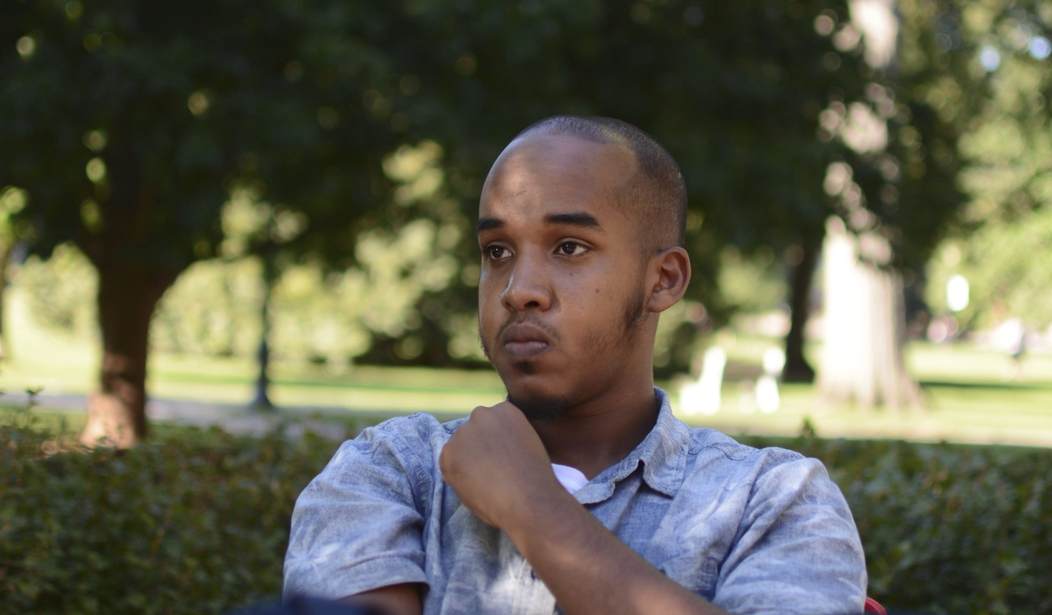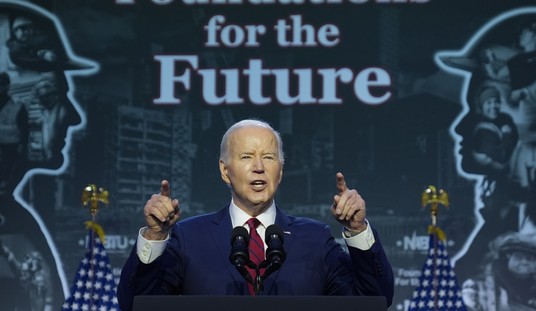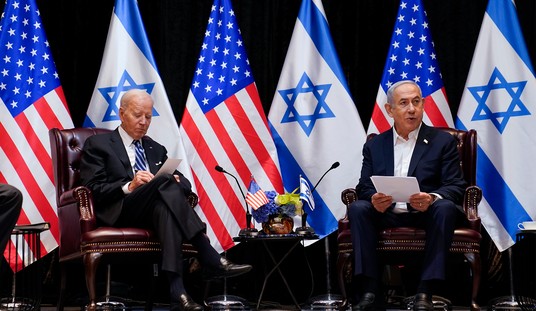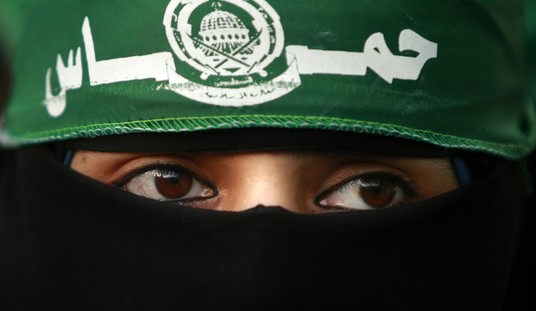Abdul Razak Ali Artan, the Ohio State (OSU) student who on November 28 injured eleven people—five he struck with his car and six he cut with a butcher knife—was enrolled in a course on “social justice.” Artan plainly meant to kill but failed; he was fatally shot by a policeman during the melee. Artan was a student majoring in Logistics Management at OSU after transferring from a community college.
We will never know all the elements that set off Artan’s vicious spree. He was a Muslim from Somalia who may well have responded to ISIS’s call for such lone-wolf attacks. But he may also have been primed by his OSU course that explicitly encouraged students to fight back against perceived injustice. Artan perceived himself as a victim of injustice. On the first day of class, he told a reporter from the student newspaper that as a Muslim, he didn’t know where he could go to pray on campus. He said he was “scared” of what people would do if they saw him pray in public.
Knowing Artan’s sense of persecution, it is worth looking at this course to know how it seeks to guide students, and how it may be possible to take its lessons as a justification for enacting vengeance on those seen as enjoying unfair “privilege.”
The course, “Crossing Identity Boundaries: A Journey Towards Intercultural Leadership,” meets the university’s general education requirement for “Social Diversity in the United States.” Its guiding questions include, “In what ways can you use the information gained in the course to become an actively engaged, socially just global citizen/leader within the Buckeye, Columbus, and greater communities?”
The main text for the course is Readings for Diversity and Social Justice (2013), an anthology of stories and essays meant to highlight identity-based oppression in America. All six of the book’s editors are affiliated with the Social Justice Education Ed.D. Concentration at the University of Massachusetts, Amherst. Two of the editors are faculty members in the program, and the other four are graduates. As National Association of Scholars President Peter Wood and I wrote about this particular program when it caught our eye back in 2008, the UMass Social Justice degree does not provide students an academic look at the various and often conflicting theories of social justice throughout history. Rather, its students are “there to learn how to become more efficient operatives of the political Left.” Indeed, the four graduates who edited Readings went on to jobs in politicized education bureaucracy: one is a diversity director at a school in the Boston area, one is a social justice consultant, one is director of disability services at U Mass Amherst, and one is a gay “social justice educator.”
Likewise, the “Crossing Identity Boundaries” course aims to turn its students into operatives of activism. One of the course’s learning outcomes is for students to be able to “identify ways in which they can change or address systems of power and privilege.” A final paper for the course is on “civic responsibility.” This term sounds wholesome and traditional, but the word civic has been co-opted from its former meaning. NAS’s forthcoming major report Making Citizens details how since the 1960s, Old Civics (teaching the foundations of law, liberty, and self-government) has been rapidly replaced by New Civics (training in how to organize protests, occupy buildings, and stage demonstrations).
Motivating these rallies and sit-ins is identity-group-based grievance. That’s the content of the rest of the “Crossing Identity Boundaries” course. Week by week, the syllabus assigns chapters from Readings for Diversity and Social Justice, and classes each have themes such as “Unpacking Power and Privilege,” “Microaggressions,” racism, sexism, heterosexism and homophobia, and “Genderism, Cissexism, and Transphobia.”
In the weeks just before Artan’s attack on the OSU campus, the class had focused on “Unpacking Religious Oppression.” One of the readings from the social justice book listed all the unfair “privileges” that Christians enjoy at others’ expense, such as “I can display a Christmas tree and/or hang holly leaves in my home without worrying about my home being vandalized because of my religious identification.” Another reading was called “Creating identity-safe spaces on college campuses for Muslim students.” This chapter specifically discusses the anxiety of Muslim college students looking for a place to pray on campus.
The Ohio State University, in fact, does have a room for prayer that is easily found on the university’s website through a Google search. The New York Times also reported that Artan’s complaints were not founded in reality:
Other Somalis and Muslims said last week that Mr. Artan’s complaints about a place to pray, or an adverse reaction, rang hollow.
“It’s a nonsense excuse,” said Mahamud Kassin, a math teacher in Columbus who graduated from Ohio State in 2014. “Every library has a place you can worship.”
One aspect of Artan’s diversity course that has already been widely reported is that Artan was scheduled to present a group project on “microaggressions,” an assignment that would count for 15% of his grade. Each group was required to identify “at least 12 examples of microaggressions using at least 3 different types of social media.” Seeing microaggressions means finding reason to take offense in someone’s comments or body language, even if that person did not mean to give offense. Detecting micro-bias is like finding Waldo in the American flag—he’s not actually there, but you can envision him if you try hard enough. This assignment is perverse because it reifies the existence of microaggressions in each student’s life, whether they are actually present or not.
Students in Artan’s course also had to take two “Implicit Bias tests” to measure their own hidden prejudices. Increasingly what is seen as the test of good education is the ability to identify bias and oppression everywhere. This emphasis not only takes up time that would be better spent teaching core academic subjects, but it also stokes identity-group-based resentment and a quasi-religious fervor to root out those seen as perpetrators.
Much of the campus social justice movement comes from a well-meaning desire for fairness that then goes too far in one direction. It may seem obvious that the teachers of “Crossing Identity Boundaries” did not mean for their course to incite a student to violence. But if their lessons are taken to their logical conclusion, that kind of incitement is not too far of a stretch.
Campus tolerance for violence has grown in recent years. College presidents now praise students for spite-laced rants and call it “civic engagement.” In December 2014, CUNY doctoral student Gordon Barnes wrote an editorial calling for arming protesters in Ferguson and for “violence directed toward state representatives.” Eleven days later, Baruch College professor of English Eric Linsker was arrested for attempting to drop a garbage can from a walkway onto police below. Two other academics, a Spanish instructor at Rutgers and a graduate student at Columbia, were also arrested for trying to help Linsker.
To foster an atmosphere of real respect for others, The Ohio State University—and all colleges and universities—should drop the courses (and orientation programs and workshops and other student life programs) focused on group grievance. It does students a profound disservice to stoke anger against the people around them. Most do not go so far as to attack their classmates, but many carry deep bitterness into their adult lives that then stunts their friendships, professional opportunities, and emotional maturity.
Colleges should instead teach the foundations of what humans share: language, literature, mathematics, science, history, art. The opportunity to learn these things is one of the highest privileges colleges can give students. They should not squander that privilege.








Join the conversation as a VIP Member